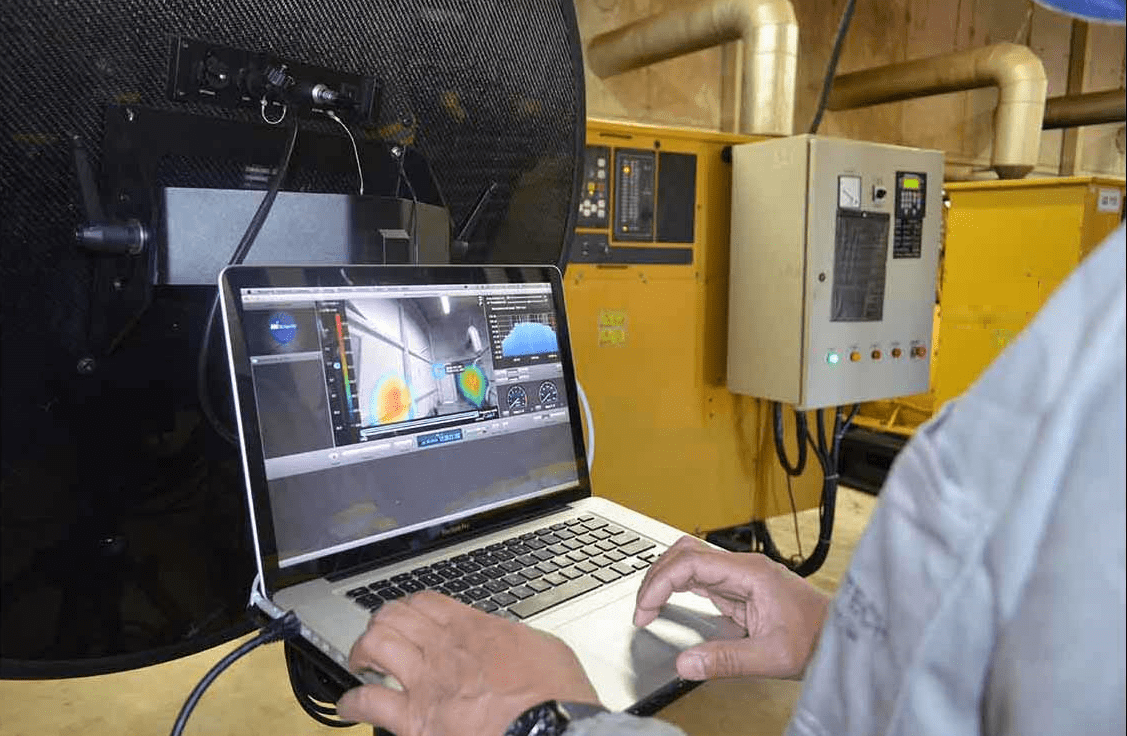Read Our Response to Covid-19
Post Covid-19 Call for Standards
The Problem –
Our Solution
A Multi Modal Problem
As a result of increasing demand for renewable energy, there is an increasing demand for both distributed wind and utility scale wind turbines for single installation and wind farms. Wind energy enjoys considerable public support, but it also has its detractors, who have publicized their concerns that the sounds emitted from wind turbines cause adverse health consequences.
BREAKING NEWS
WHO Defines the Problem
The World Health Organization (WHO) has published new environmental and ambient sound guidelines for home, work, transportation, and renewable energy. Primarily based upon Social Determinants of Health research, the environmental noise guidelines are inclusive of wind turbines and wind farms. The average 24 hour WHO sound pressure limit recommendation for a wind energy installation is now set at 45 dBA at the nearer of closest exterior residential wall or the property line. Soon these guidelines will be adopted in the US by NIH, HUD, NIOSH, EPA, HHS and others, as well as by EU and UK governments. The new guidelines are based on Artificial Intelligence analysis of Social Determinants of Health which concluded that the relative risk for death by ischemic heart disease (heart attack) and stroke increases by 14% for every 10 dBA increase above the annual average of 45 dBA. That means that a 50 dBA turbine installation meeting current US and EU standards and running all day, every day imposes a 7% increased risk of heart attack and stroke annually on its neighbors.
Unlike non-binding UN resolutions, WHO guidelines must be implemented in accordance with international treaty by industrialized member countries. This means that the WHO Housing and Health Guidelines will become the foundation of noise pollution regulations. In contrast to the listening distance for noise level certification, the 45 dBA WHO recommendation is measured at the wall of the closest full-time occupied structure. Such a structure, then, may be closer or further than the current certifying distance, creating new challenges for the industry.
Social Determinants of Health
Social determinants of health (SDoH) refer to the non-medical factors impacting one’s ultimate health. These factors are at the center of a host of policies and initiatives by government agencies, health systems, and even the commercial sector. Noise pollution, poor air quality, and poor water quality are three environmental factors known to have a strong link to overall health. Ultimately, addressing SDoH is about employing new sources of data and technologies to look beyond traditional care models in support of a complete health strategy.
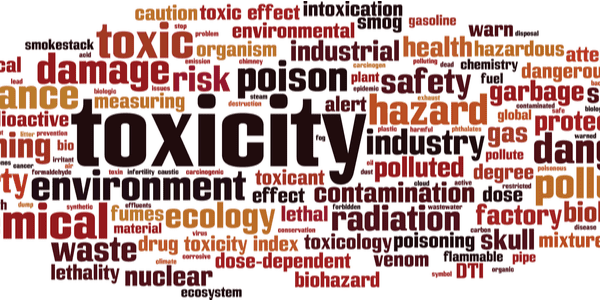

By including “Create social and physical environments that promote good health for all” as one of the four overarching goals for the decade, the US Dept. of Health and Human Services (HHS) Healthy People 2020 project highlights the importance of addressing SDoH. This emphasis is shared by the World Health Organization (WHO) Commission on Social Determinants of Health with their published guidelines for the intersection of Social Determinants of Health, Housing, Healthcare and Public Health.
The growing list of SDoH-related programs is diverse in approach and size. But what has become consistent is the understanding by healthcare leadership that, in order to deliver better health outcomes, social determinants must be addressed. Moreover, the relationship between healthcare outcomes and SDoH factors such as noise pollution, air quality and water quality must be definitively determined. Experts in SDoH research are now leveraging the power of artificial intelligence (AI) to demonstrate these associations.


The over 60,000 wind turbines installed across the United States and more than 350,000 wind turbines installed worldwide all require maintenance. That maintenance is performed by 120,000+ highly trained wind turbine technicians worldwide. Because these technicians work in close proximity and even inside the turbine and tower, they are subject to noise levels of as high as 110 dBA for much or most of their work day. Occupational health and safety experts agree that noise levels of up to 90 dBA for 8 hours per day are safe, but noise levels over 100 dBA for longer than 2 hours a day are detrimental to both physical and psychological health.
Climate Change
Scientific reviews of global wind speeds have shown that wind speeds have increased by 5%. In less than a decade, the global average wind speed increased from 3.1 m/s to over 3.4 m/s while IEC Class I and Class II annual average wind speeds have increased to 10.8 m/s and 9.2 m/s respectively. For the average wind turbine, that translates into a 17% increase in potential wind energy. These upsurges explain about half the increase in U.S. wind power capacity since 2010, researchers say. Combined with recent advances in turbine and blade design, these increases also are responsible for the success of wind energy systems in regions previously deemed unsuitable just three decades ago.

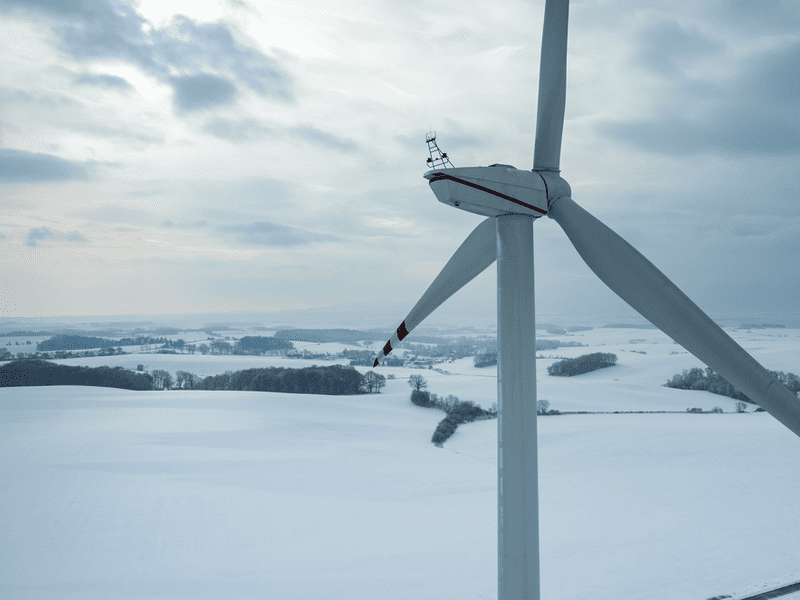
Simultaneously, global precipitation and cloud covered days have increased by 5%, which means global solar energy days have decreased by 5%. Over the past three decades, many regions of North America, Europe and China have seen solar energy days decrease by over 15%. Advances in solar energy technology have increased energy production more than 30% for commercially available solar panels. However, the simultaneous drop in solar days blunts the impact of these advances. This is especially true for residential installations, as these systems typically are not designed to track the sun over the course of the day. While there is much argument regarding Climate Change and other causes for increased global wind speeds and decreased solar energy days, all sides of the Climate Change debate agree that these changes not only are occurring but continuing to progress. The combination of wind turbines and solar panels in residential and small commercial settings provides an ideal balance for renewable energy in this changing world.
Sources of the Problem
Wind turbines generate mechanical and aerodynamic sounds. Certified turbines are sufficiently quiet, by design, to pose no significant health risk and meet even the newest WHO guidelines. The noise problems associated with installed wind systems is a result of the amplification of the turbine sounds resonating through the structural elements of the that system.
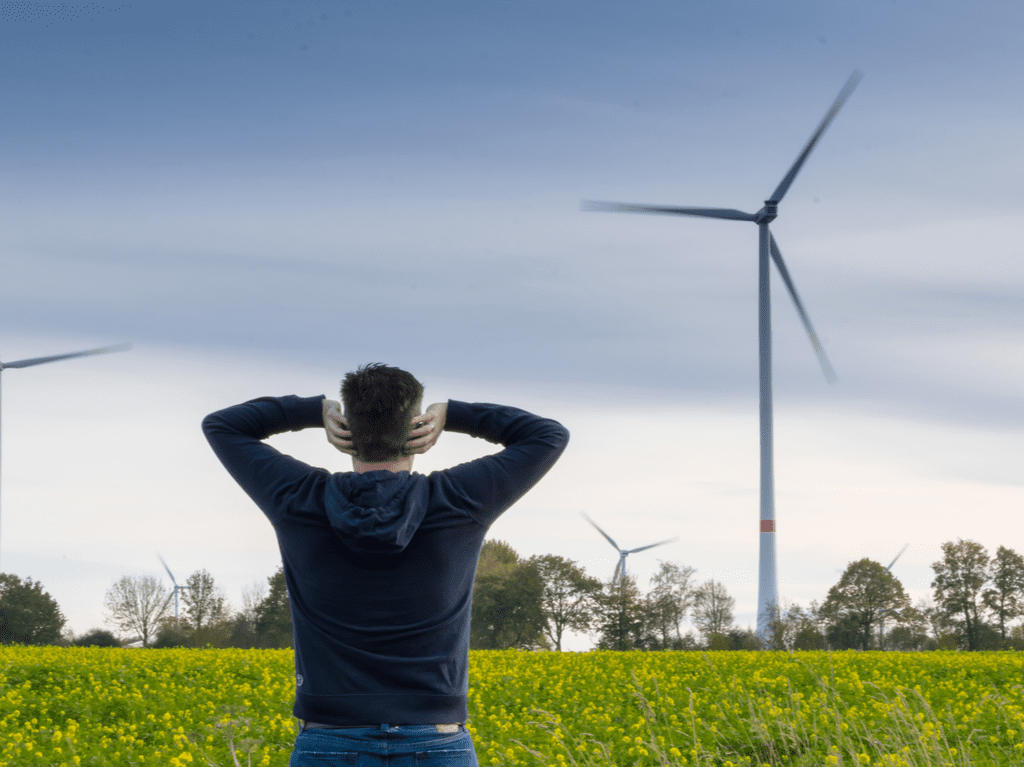

Public concern over wind system noise is one of the most studied environmental impact areas in wind energy engineering. Noise levels can be measured but the public’s perception of the noise impact of wind systems is, in part, a subjective determination.
Given that noise is a primary obstacle for gaining broad public acceptance, the accurate noise assessment of installed wind systems is a necessity. Accurate predictions of the noise level of a wind system BEFORE installation requires not only the knowledge of the noise sources and sound levels from each source but a realistic, targeted approach to the suppression, mitigation and dampening of these multi-modal noise sources. Because of the spectrum of frequencies that contribute to the overall noise of wind system installations, multiple noise suppression, mitigation and dampening materials are required to mitigate the sound levels for near and far observers.
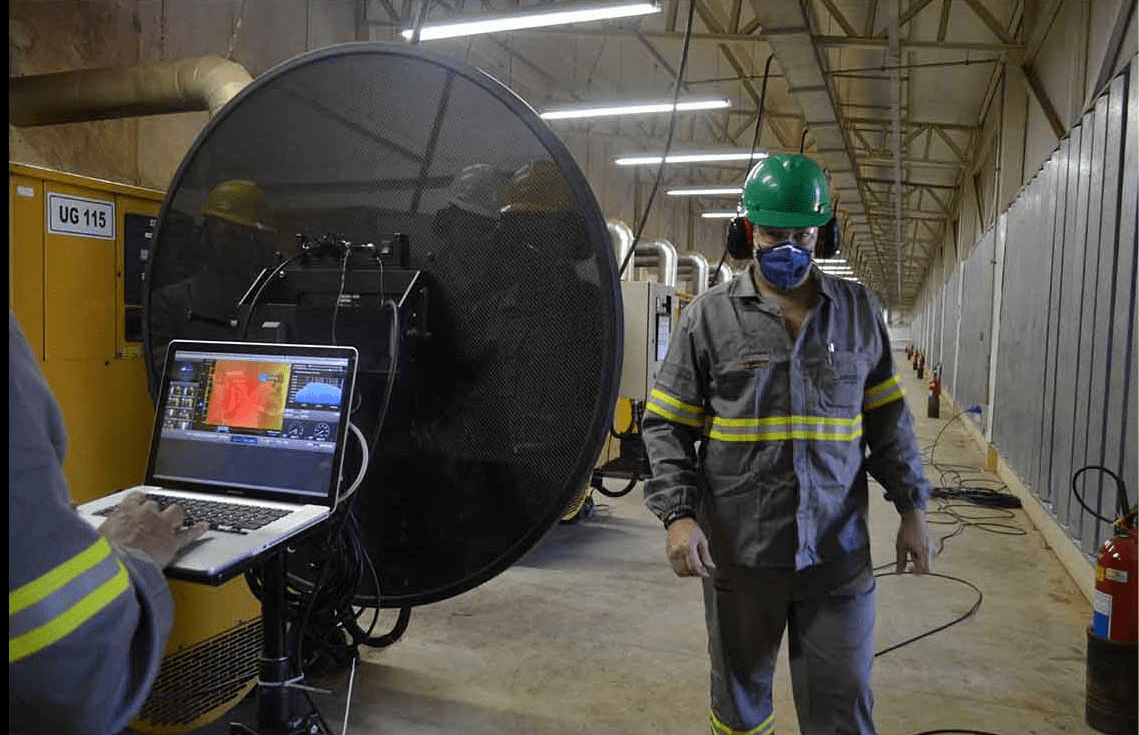
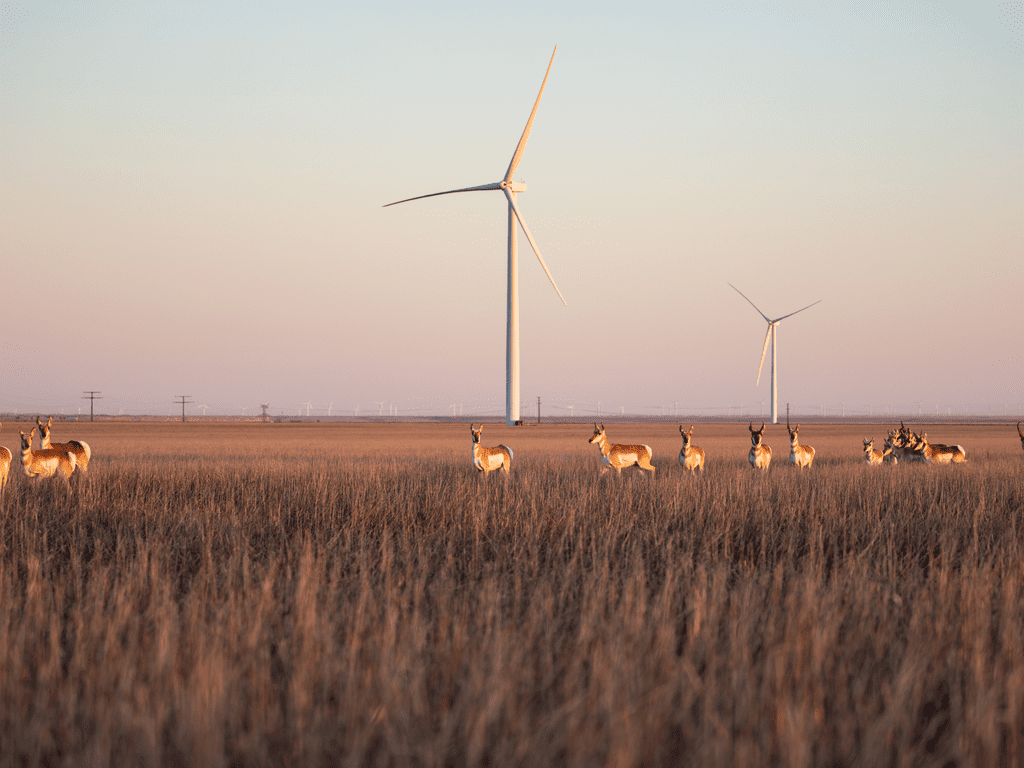
Design changes intended to mitigate the impact of wind turbine installations on wildlife and visual aesthetics have yielded the increasing adoption of monopole towers by industry and government regulators. The introduction of monopole towers has inadvertently increased vibrational noise and resonant amplification of noise from the turbine.
These noise sources share overlapping acoustical effects that propagate and amplify turbine and tower noise due to multiple resonance effects:
• Open Column Resonance
• Closed Column Resonance
• Open Conal Resonance
• Closed Conal Resonance
• Megaphone Effect (Directional Resonance)
• Cable (String) Resonance
• Structural Resonance (Reed Effect)
• Transaxial (Cavity) Resonance
• Doppler Resonance (Blade/Tower Effect)
• Bell Resonance
The problem of resonant and vibrational noise is that resonant noise is louder than the source by as much as 40 dBA. Thus mitigating these multiple resonance effects greatly reduces the total noise level of a wind system installation.

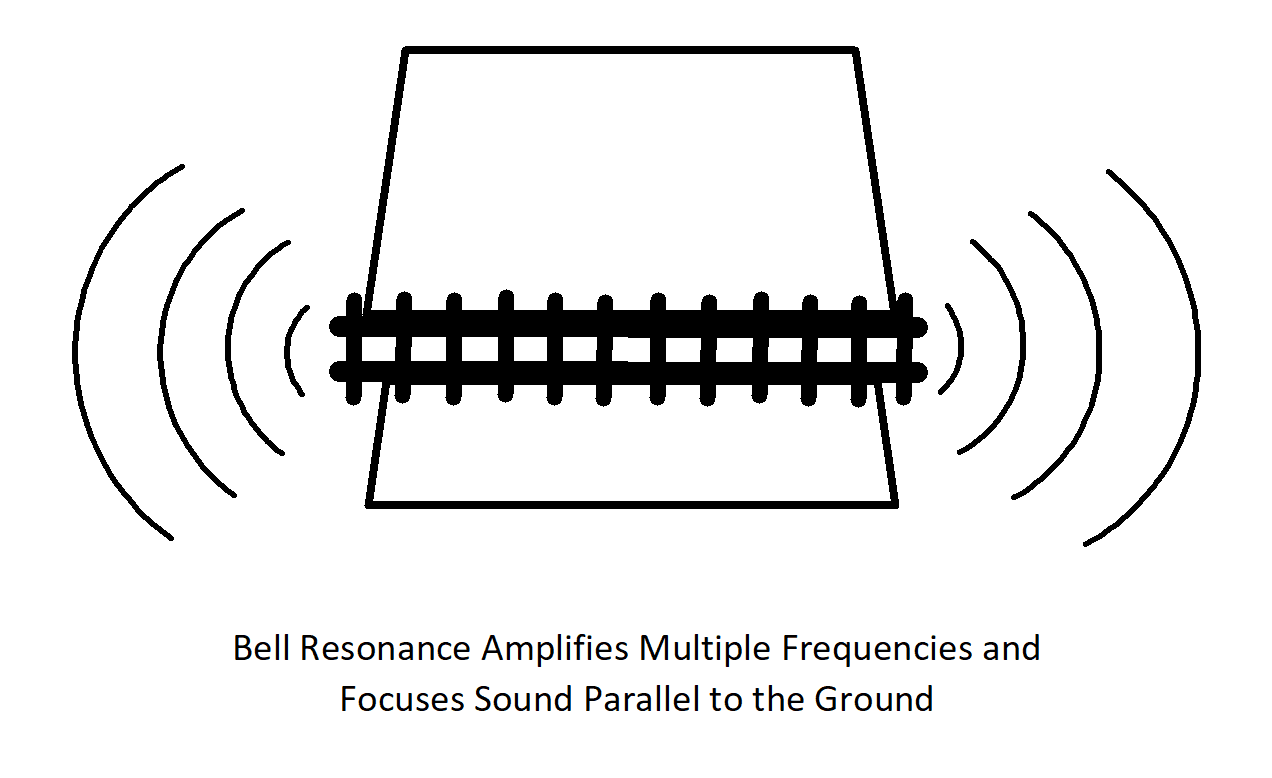

Our Solution
Reducing transmission and amplification of turbine and tower noise requires a multi-modal approach to change transmission and/or amplification. Suppression materials must be durable to withstand the forces exerted on a wind turbine and tower system. Each material must also be suited to the temperature, humidity and moisture extremes commonly experiences by wind energy systems.
Vibration Suppression Pads and Mounts mitigate and suppress the solid material transmission of vibrational and resonant noise from the turbine body, gearbox, blades and electrical components to the monopole tower. These same pads and mounts are common off-the-shelf (COTS) technology used commonly in light and heavy manufacturing to reduce both environmental noise and structural fatigue in factories, print houses and many other facilities. The combination of vibration suppression pad and mounts have demonstrated up to 90% reduction of vibrational noise transmission within the targeted frequency range for the vibration suppression pad. This technology has been adopted by the wind industry for rooftop and building mounted small and medium wind turbines, but is not commonplace for monopole installations. This is due, in part, to the fact that vibration isolation pad and mounts suppress vibrational noise within a limited frequency range. Like all noise suppression modalities, the vibration suppression pad and mounts must be matched to the noise to be suppressed. For rooftop and building mounted installations, this is typically low frequency noise as the building itself mitigates the higher frequency noise.
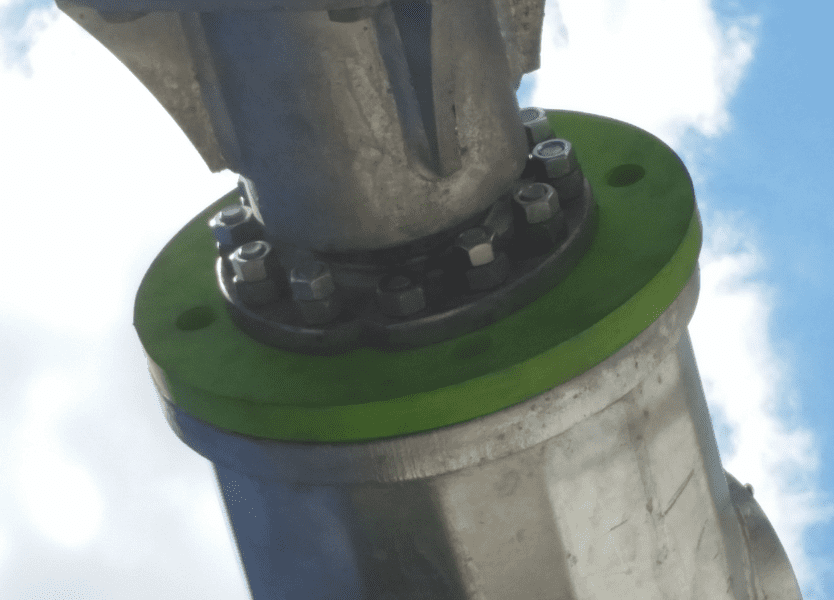

Hydrophobic Sound Absorbing Fiber Batting mitigates air transmission of sound as well as sound resonance across a wide noise range from infrasonic to high frequency. This COTS technology is used in many building applications. Hydrophobic sound absorbing fiber provides all sound mitigation benefits of felt and fiberglass batting but without the concerns of moisture retention, mold, mildew, rust, wet rot or insect/rodent infestation. This batting reduces noise transmission by up to 90%. While installation in an inhabited structure requires that all voids be filled, placing hydrophobic sound absorbing fiber batting at the top, bottom and segmentally along the interior of the monopole mitigates both conical and column resonance by suppressing noise transmission vertically in the turbine tail or monopole interior. Further, the segmental placement of batting divides the monopole interior into distinct and separate frequency ranges for resonance based on the segmental diameter and length, reducing overall resonance and amplification.
Commonly known as “acoustical fencing”, impregnated fabric sound absorption sheeting is a COTS technology employed around urban construction sites, tractor trailer loading docks and factories to mitigate the intrusion of low and medium frequency noise onto neighboring properties. This same material can be employed to mitigate column and conical resonance within wind systems. Impregnated fabric sound absorption sheeting is most effective for very low, low and medium frequency noise, reducing sound transmission by up to 90%.
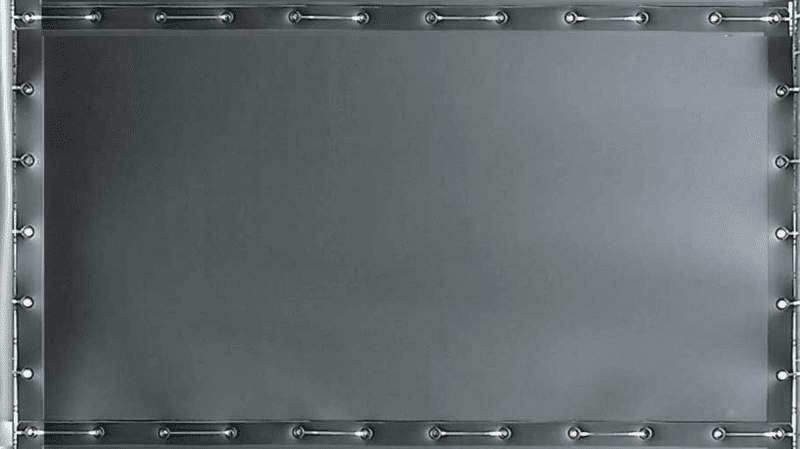

Dense Resilient Sound Absorbing Mat reduces transmission of sound at the tower base or along the tower walls. This COTS technology is commonly used to mitigate sound transmission through permanent openings in manufacturing equipment and through passageways of high noise structures. Dense resilient sound absorbing mats mitigate and suppress noise transmission across a wide noise range from infrasonic to high frequency with up to 60% reduction. Dense resilient sound absorbing mats are typically ¼ inch to 1 inch thick rubber, butyl, leather or other sound deadening material hung or secured across an air gap opening.
Visualizing Sound to Guide Noise Mitigation (ARTVIS)
Augmented reality imaging technology provides a visual image of sources of primary noise and resonance using an acoustical real-time video imaging system (ARTVIS). The ARTVIS allows users to “see” sound in real-time providing not only visual representation of intensity, but also overall frequency content of the noise and its sources. The ARTVIS can visually identify the direction, source and frequency spectrum of wind energy conversion system noise.

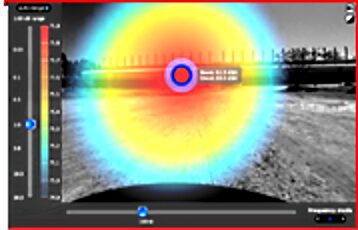
ARTVIS also helps in revealing modal transition of amplification resonance wind system towers and surrounding structures that a standard spectrum analyzer does not reveal. In the past, acoustical data collection and assessment took hundreds of hours to compile. With ARTVIS, acoustical data is visually observed and measured in just a few hours and with a significantly higher degree of confidence.
Given the regulatory and scientific consensus regarding the significance and impact of wind energy conversion system noise, the extremely powerful ability of ARTVIS to provide obvious and convincing evidence of noise source, intensity and resonant amplification is essential to obtaining wind energy system owner buy-in to immediately address noise problems. ARTVIS is also useful after installation of tower noise and resonance mitigation to demonstrate to residents of a surrounding community who were complaining about noise that the noise has been reduced.
